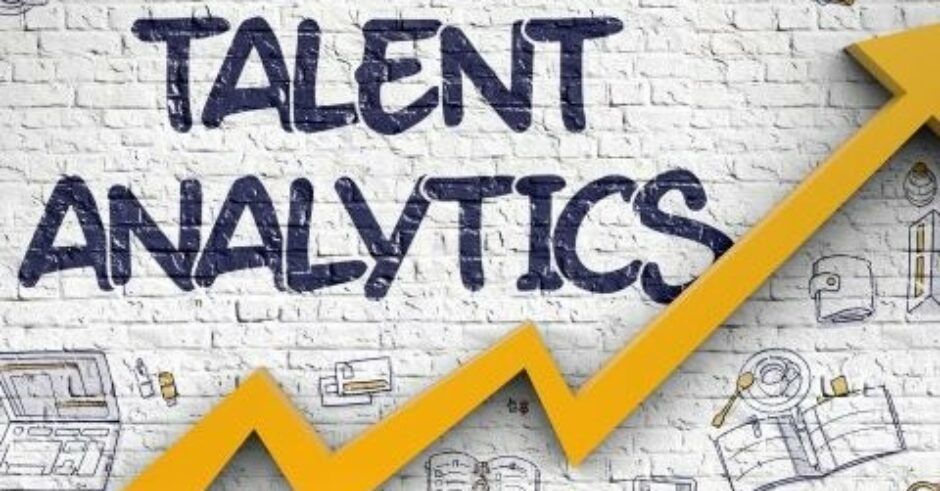Talent Metrics are all the rage these days. As they should be! How better to understand your QoH (Quality of Hire) than by having core metrics in place to understand it? But, metrics such as CPH (Cost per Hire), QoH and the TTH (Time to Hire) alone, I challenge, should not be the primary focus. Yes, they have a lot of data within and around them. And yes, they are some of the metrics that Talent functions look at to ensure quality hiring to impact current and future business strategies and ideally hires that are transferable and promotable within the organization.
But, many times the Talent function, HR and the business, can be too focused on the outcome of these metrics, and not focused enough on what really goes into those metrics. The levers that can impact these metrics the most.
What if we focused on a new metric? One that might be seen and live a bit in the blind today within your organization? A metric that drives most if not all other metrics? I think that is possible.
There is a metric tied to a way of operating that can substantially increase a companies’ Cost-Per-Hire, TTH and QoH metrics. I call it the QoII metric, or Quality of Information & Influence.
It may sound trivial at first glance, but let’s think about it. If there can be a significant increase in information shared (#transparency), coupled with an increase in influencing skills across the business and candidate experiences; would it not impact positively on most if not all of the Talent metrics, most importantly, the metrics TTH and QoH? I believe it can.
Transparency within the hiring process across your partners and with the candidate includes communication of information on the candidates’ experiences, desires, compensation, feedback, and communication on information from the Company to the candidate on expectations, timelines, culture, business strategies, etc. We live in a full-access, transparent world, so this should live within our hiring practices too.
With clear, shared information comes the ability for one to better influence an outcome. Influencing skills is something we talent leaders need to develop and arm our teams with; whether for the recruiter leading the search, or the hiring manager making a hiring decision. One’s ability to influence a candidate, a hiring manager, and a process or decision appropriately, could mean the difference between hiring an A-Player for the team, or not. It could mean the difference between a successful or failed new hire onboarding, any initial training, and assimilation into the company and culture.
There have been instances where I have seen in my teams the dreaded top (usually also the final) candidate fall-out, or even worse, job offer fall-out. These instances could have possibly been avoided or at least less shocking to some of the parties involved, had there been a better quality of information and better influencing happening across teams.
How many times has a candidate fallen out due to lack of information or feedback from a hiring manager? How many times has a hiring manager been caught off guard with a declined offer, only to find out that something could have been communicated or done to prevent it?
I challenge that the focus is more on the quality and transparency of information, and increasing the team members’ ability to influence if you want to drive better Talent metrics results.
—
QoII – Quality of Information & Influence: Best in class information management & influencing skills that interact with and inform candidates, talent teams, and clients.
#information #influencing #qualityofhire #talent #talentacquisition





